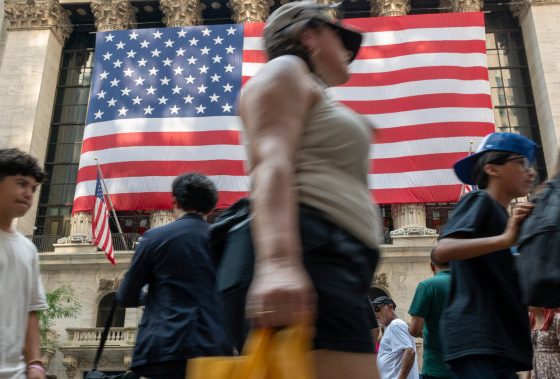While following a similar post-halving trajectory, the 2024 BTC market saw smaller downturns compared to its predecessors, with analysts expecting drops in volatility and returns in the future as well, according to the ‘Digital Assets: Insights and Market Trends’ report, a joint publication of major derivatives marketplace CME Group and market intelligence provider Glassnode.
The report noted that Bitcoin halvings represent major events, which are closely and widely observed from the standpoint of market performance.
The space recently saw its fourth halving event, and all eyes are on the price performance following it.
Shallow Downturns
Glassnode looked at the performance over the 365 days following the last four halvings.
It argues that the 2016 (blue) and 2020 (green) cycles are “likely more relevant points of comparison.” These occurred in the context of “a more mature and developed digital asset landscape.”
Both prior cycles, the report said, saw a period of several months of “relatively quiet performance” after the halvings and before “remarkable peak returns” of 350% and 650%, respectively.
Source: Glassnode, CMEIn the weeks following this April’s halving, the 2024 BTC market has been following a similar trajectory. The coin’s price has traded within a range of a few percentage points.
Notably, compared to the previous bull markets, the 2024 uptrend saw “relatively shallow drawdowns.”
Since November 2022, the deepest correction saw the price fall 20.3% from the local high.
On the other hand, previous cycles experienced significantly deeper corrections. These ranged from 25% to 35% drops during the 2016-17 cycle, as well as 50% to 63% in 2020-21.
Per the report,
“As the Bitcoin market grows in size and sees wider institutional adoption, many analysts expect the profile of volatility, returns, and drawdowns to compress over time.”
Dropping Realized Volatility
Realized volatility for Bitcoin has historically been elevated during periods of reduced adoption and attention, as well as during bull markets and declines.
Yet, the macro trend for realized volatility got lower over time.
During the 2017 bull market, rolling realized volatility over three-month to one-year windows hit 120%-150% at the peak.
In the 18 months of the uptrend in 2023-24, the realized volatility has compressed to 40% and 55%.
This is less than half of what was seen in the prior two cycles.
The report noted that,
“This aligns with the shallower drawdown profile thus far and speaks to an asset class that is growing in both size and maturity.”
It added that the digital asset space has grown significantly over recent years. It experienced an expansion in institutional interest, especially as a macro asset class, the report said.
Source: Glassnode, CMEMeanwhile, over the past 24 hours, BTC appreciated 1.1%, currently trading at $57,971.
It is down 3.1% in a week and 16.4% over the past 30 days.
Overall, in the past year, its price rose by 92.2%.
The coin hit its all-time high of $73,738 in March this year, falling 21% since.
The post Bitcoin Volatility, Returns, and Drawdowns ‘Compress’ as the Asset Matures – Glassnode & CME Report appeared first on Cryptonews.


